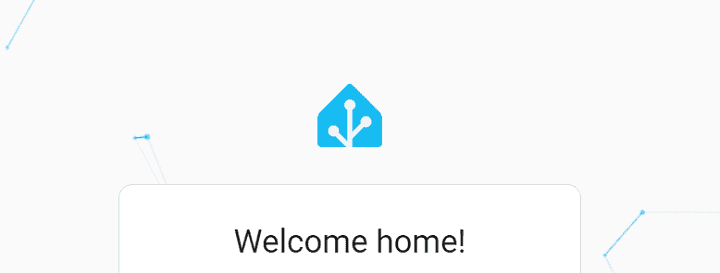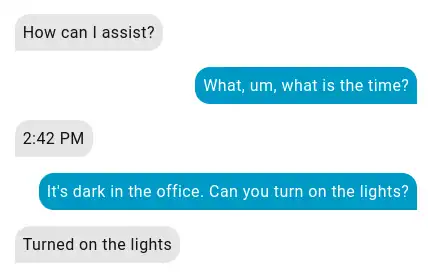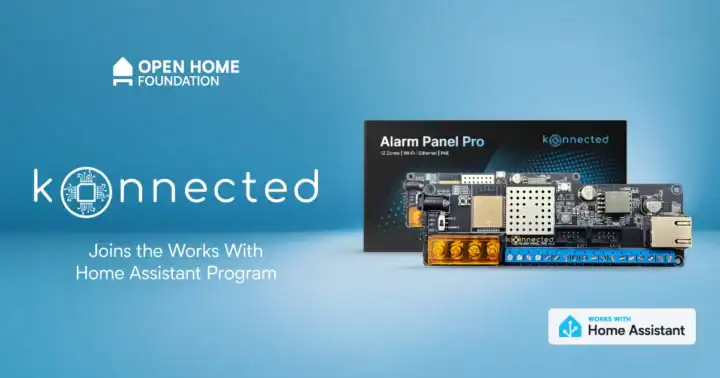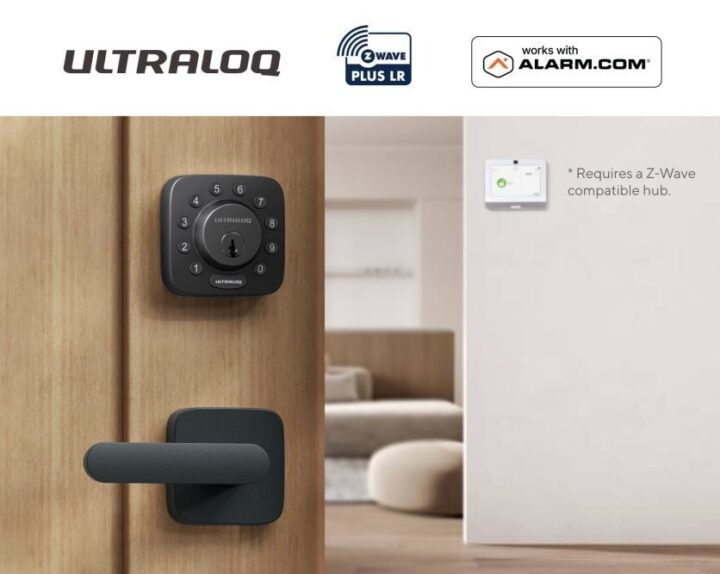Home Assistant has announced the release of the Connect ZWA-2, a new adapter designed to connect Z-Wave devices to the Home Assistant platform. This device stands out because it uses an optimized antenna and supports the newest version of Z-Wave, called Z-Wave Long Range. The company says that this adapter should make it simpler for people to add Z-Wave technology to their homes, and that it should improve the performance for people who already use Z-Wave with Home Assistant.
Z-Wave is a wireless protocol for smart home devices. It has been available for more than twenty years and is known for using a frequency range that is less crowded than Wi-Fi, Bluetooth, Zigbee, or Thread. Z-Wave works in the 865-926 MHz range, which helps the signal get through thick walls and reach across larger spaces. There are more than 4,500 certified Z-Wave devices, and more than 130,000 Home Assistant users already connect Z-Wave to their systems. The new Connect ZWA-2 adapter is meant to work with all these devices, both old and new, and offers Z-Wave Long Range support for people who want more distance and reliability.
The design of the Connect ZWA-2 is different from earlier adapters. Instead of the usual “stick” that plugs straight into a USB port, this model comes with a standalone antenna and base. The antenna is about a foot long, which matches the wavelength used by Z-Wave signals. The device connects to Home Assistant with a USB cable, letting users place the antenna in the best location for signal strength.
Inside, the Connect ZWA-2 uses the latest Z-Wave 800 chip. It supports security features and newer standards like Security 2 (S2), SmartStart, Z-Wave Plus, and Z-Wave Plus V2. With Home Assistant’s software, the ZWA-2 can manage both regular Z-Wave networks and the new Z-Wave Long Range network at the same time. When adding a new device, users can choose which network to use. The regular Z-Wave network uses mesh technology, where devices relay messages to each other. Z-Wave Long Range, on the other hand, lets each device talk directly to the hub, which can result in faster response times, better battery life, and the ability to handle more devices.
Testing of the Connect ZWA-2 has shown that it can reach up to 0.9 miles (1.5 kilometers) in a straight line. This was measured in tough conditions, such as rain and from inside a car. Some testers have reported reliable connections through several floors of concrete and in areas of their homes where smart devices had trouble before. With Z-Wave Long Range, users have found new ways to connect devices, such as adding contact sensors to garden gates or smart mailboxes that notify them when they receive mail.
The Connect ZWA-2 adapter is certified for Z-Wave and is designed to work with any Z-Wave device, regardless of age. It is available in North America and Europe, and the number of devices that can use Z-Wave Long Range is expected to grow. Home Assistant says that, while every home is unique and results will vary, the Connect ZWA-2 has set a new standard for reaching smart devices in places that were once out of range.
View the original press release.



